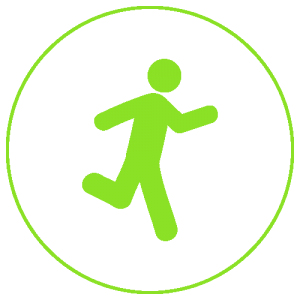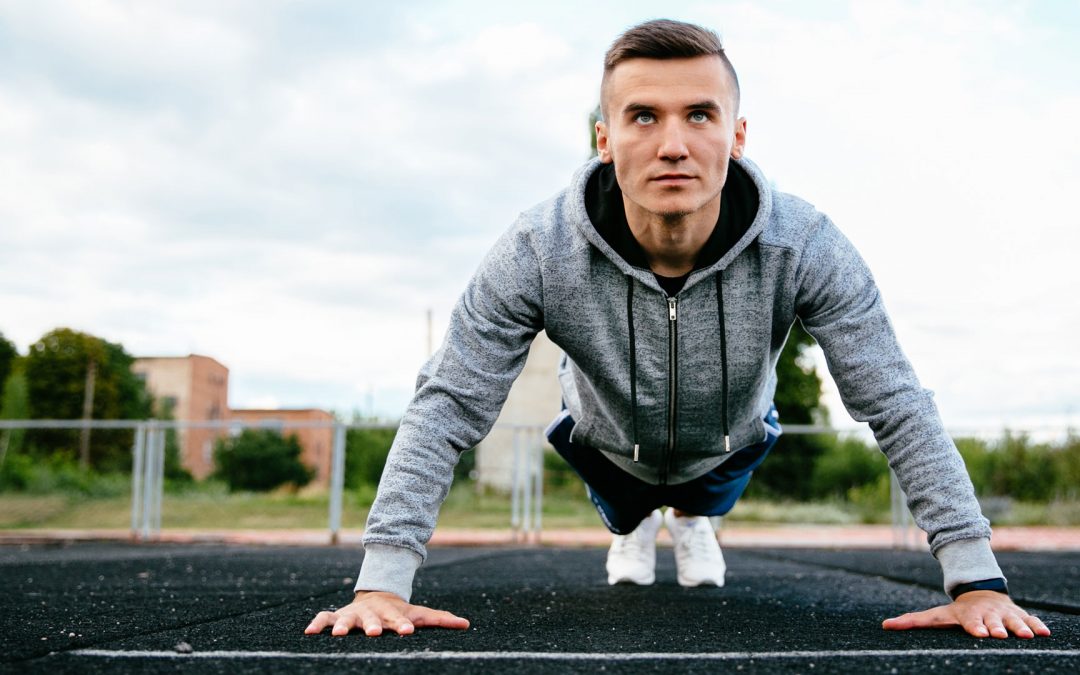
Monday 10 September 2018
It is customary to say that a solid house must have a solid foundation. The same applies to a project, an investment and so on.
It is important to prepare the body to perform a sports movement properly, providing basic effectiveness and solidity, regardless of performance, although this will certainly have an effect on that too, in a surprisingly positive way. Let’s introduce the concept of “core”.
When we talk about “core”, we refer to a set of muscles belonging to the pelvic floor, lumbar muscles, abdominal muscles, and buttocks.
The core’s function is to provide central stability and thus ensure a number of benefits: from the development of greater limb strength and benefits to posture, to the reduction of muscle injuries and injuries in general.
Especially in running, a weak core can be an easy accomplice of back pain and an altered shock absorption capacity, with consequences on the whole body’s balance.
Core training is developed on this basis, i.e. training the core muscles.
Let’s start by saying that it is important to be followed by your coach when you perform these exercises, as many of them require continuous correction during the exercises.
A very well known and easy to perform exercise is without a doubt the plank. This isometric exercise does not require specific equipment (perhaps a mat, as it is performed on the floor), and provides benefits to the abdominal wall but not only, involving several regions.
The exercise is performed on the ground, starting in a position lying flat on your stomach. Raise yourself with your forearms and toes as the points of contact with the ground: bend your arms at a right angle, your body must maintain a straight-line position as best possible, avoiding lowering (or raising) your pelvis. In your first approach with the core training you should maintain this position for about 20 seconds. Later your trainer may have you perform series or increase the isometric contraction time.
Core training uses many other exercises that contribute to developing all the benefits listed above.
Read more
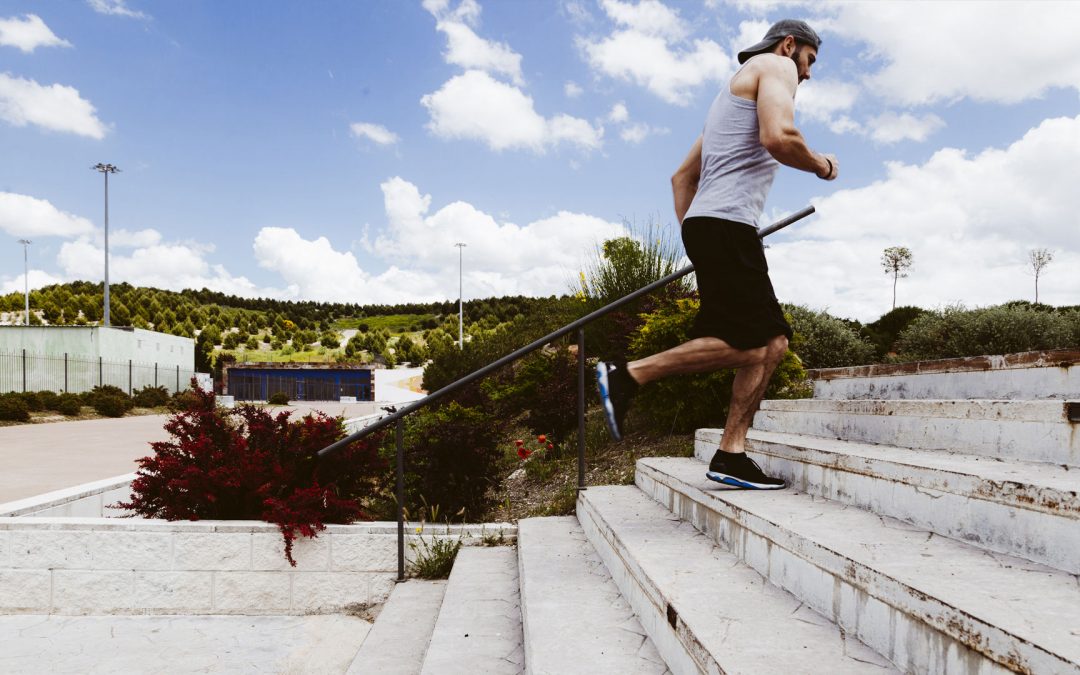
Monday 3 September 2018
Repeatedly, we have remarked on the search for the best conditions for running in the summer. A garment you should pay particular attention to is your visor hat. When running, whether it’s long distance or tempo, repeats or sprints, it’s important to track a number attributes, and head temperature is one of them.
The visor hat is a garment, which like sunglasses, is worn almost automatically in summer to protect the head from sunlight, which is stronger than in other seasons, and thus avoid heatstroke, sunstroke, or nausea.
When running, it is important the cap be made from a technical fabric, to promote perspiration. Although it is considered an integral part of the summer running apparel, remember that simply ‘wearing a hat’ may not be enough to optimize your running session.
In fact, when you run, your head represents a point of significant heat “exchange”, so it is important to manage that time. You would not think of running without a hat under the blazing sun. But having a hat set on your head without taking any other action during a long session, an hour or more, could expose you to risks. That is why balance is needed, along with wise session management.
At the (frequent) aid stations during a summer race you must worry about drinking and replenishing lost substances, as well as refreshing your face, shoulders and hair quite frequently. No need to be ashamed to get wet. Many athletes (rightly) wet their hair before they start out and there are others who take a cold shower before the race (the latter is not recommended). Once that is done, wear a hat that will protect your from the sun’s rays.
Remember that in summer runners should bide by the saying ‘drink and bathe often’, to fight the loss of essential substances and the excessive heat due to the temperature, which are added to the activity.
The situation for pine forest runners is a little different, where the head is not (rather, does not seem to be!) directly affected by sunlight. Many runners underestimate this situation and believe that running in the shade is sufficient to avoid numerous stops to rehydrate and get wet. In reality, despite the fact that the land is more advantageous than running under the sun and perhaps on asphalt, the same rules of precaution (including the hat) apply.
Lorenzo Andreini, FIDAL Physical Therapist and Instructor
Read more
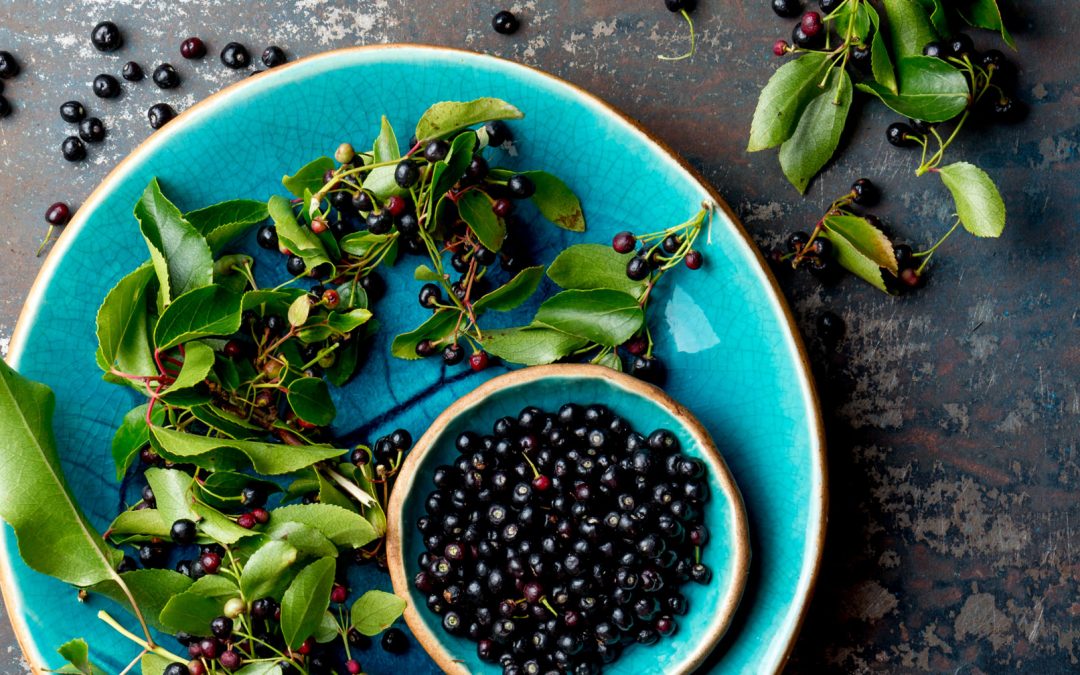
Monday 27 August 2018
The maqui Aristotelia chilensis is an evergreen plant of the Elaeocarpaceae family that looks like a large shrub with a thin elastic trunk that can reach 5 meters in height. The leaves are elliptical and it is characterized by white flowers and juicy dark blue berries, the size of an olive.
The Maqui appears to have similar characteristics to its now famous sisters the Goji and Acai.
The maqui grows wild in South America, particularly Chile and Patagonia, and has been known to the local population for centuries. It grows spontaneously in Patagonia, a borderland where nature is wild and the weather puts a strain on those who live there, and on the vegetation itself. It resists the bad weather in its place of origin because it is rich in protective substances and is catalogued among the most interesting “longevity” berries.
This strictly wild blue berry (if cultivated, it would lose its characteristics), is characterized by its intense blue colour endowed with extraordinary power. Very rich in polyphenols, the maqui protects itself from the aggressive nature as a sort of self-defence, and its pulp, so precious, is a true concentrate of water-soluble delphinidins (the top category of polyphenols), easily absorbed in the intestine.
The maqui berry is rich in a particular antioxidant group, the anthocyanins family of polyphenols, delphinidins. These are considered the most effective as they are water-soluble and therefore more readily bio-available.
The berries are the main product from the plant, and at times the leaves. The fruit is harvested by hand between December and March.
The maqui’s main action is its antioxidant behaviour that gives the berry the ability to neutralize free radicals, responsible for the premature ageing of our body and the onset of cancer or degenerative disease.
The Maqui is highly appreciated by sportspersons, who consider it a valuable aid to combat oxidation due to physical activity.
One of its properties recognized by the traditional medicine in its countries of origin is its astringent property, useful against diarrhoea. Another interesting useful property of maqui leaves is their anti-inflammatory action. While not as potent as some European and North American plants, such as the willow, the Maqui is highly indicated to soothe irritation of the oral mucosa, mouth and throat.
Maqui also has positive effects on mood and can be helpful for women struggling with water retention and cellulite. It is also useful for individuals with metabolic issues and for people with cardiovascular risk.
From some ongoing research, moreover, it appears that Maqui promotes mitochondrial biogenesis, that is, the formation of new mitochondria, the corpuscles that produce energy using the aerobic mechanism. This is a significant advantage, not only in aerobic disciplines, but also in individual and team games. Marathon runners, even amateurs, produces a very high quantity of pro-inflammatory substances and the Maqui can come to their aid to fight the inflammation and free radicals, reducing the frequency of injuries. It should be associated with Omega-3s that have a significant anti-inflammatory effect. These, however, have a different mechanism from the Maqui. Their effects and those of the Maqui, therefore, act in synergy.
Maqui is also rich in vitamins E and B5, and clearly superior to the aforementioned goji and acai berries.
vitamin E, useful in protecting cells from oxidative stress
vitamin B5, which reduces tiredness and fatigue, increases mental performance, and restores normal energy metabolism
Since it is difficult to find, it is not for sale in Italy in its original state, but it can be taken in a functional supplement and in juices and teas. One cup 3 to 4 times a day lets you to take advantage of the properties of this plant, as well as accelerate the healing of ulcers and wounds. In addition, Maqui berries have important medicinal properties: antibacterial, tonic and astringent, analgesic and febrifuge, and anticancer.
Its innumerable qualities make Maqui Berries the undisputed ruler of the family of the so-called “superberries”, above Goji, blueberries, cranberries, elderberries, currants and acai. It is the best ally at your disposal to combat inflammation of cells, bones and joints.
Dr Luciana Serpe
Read more
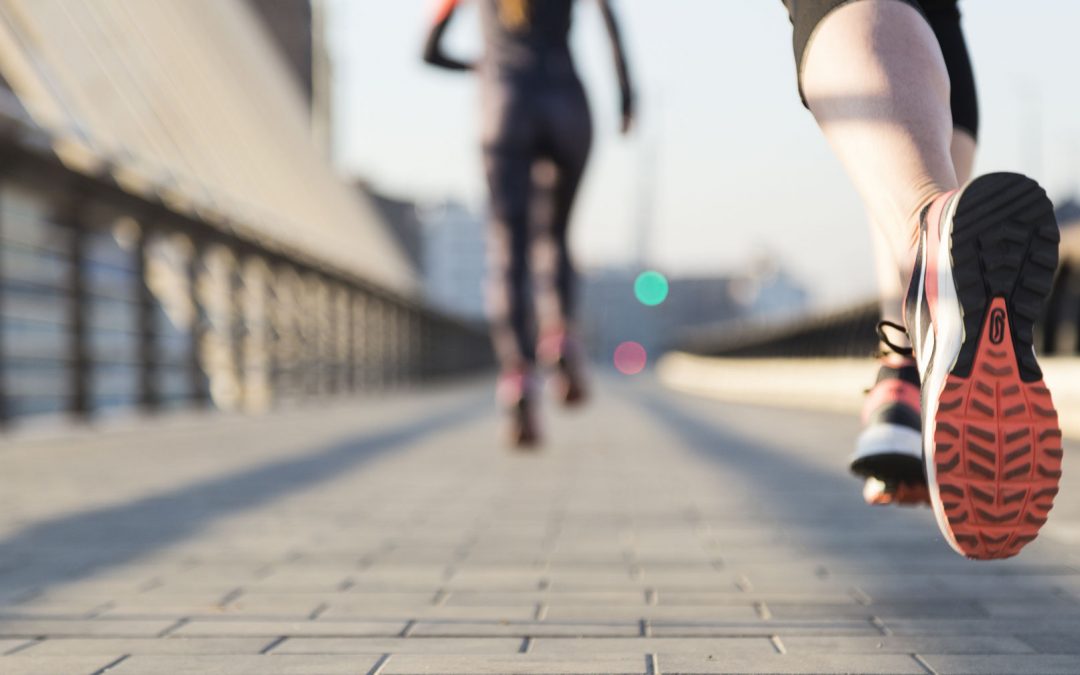
Monday 20 August 2018
Among the sports items, and particularly among the technical material for running, you always find a large range of shoes, for different types of athletes, tracks, needs; various items of clothing for different seasons; accessories of all kinds and use to make your running session more comfortable. Among these, you find an article increasingly used by many runners and also regular walkers: the sports insole.
The insole, in this case, means a non-personalized accessory to be placed in your shoe; naturally available in different sizes. Insoles can be used in everyday life, as a support, providing greater comfort for the foot. But it is also and especially indicated for the runner. Let’s see why.
We know that the foot plays a key role in running. It is the only point of contact with the ground and is subject to considerable stress. But it is not the only part stressed.
To simplify, let’s say that each time you set your foot down, when walking, stresses are created: shoes help cushion a good portion of the foot’s contact with the ground, but inevitably the energy that is created during support creates micro-stresses many parts of our body (especially in the lower limbs). These stresses obviously multiply in intensity when we run.
Cross-country runners repeat this movement for many kilometres, numerous sessions each week. As a result, their joints, muscles and tendons are subject to considerable stress, which can easily lead to an accident.
The insole under discussion was created with the aim of cushioning these stresses, helping the athlete to prevent annoying injuries and problems to the musculoskeletal system. Among the beneficial effects from the regular use of these supports, reports indicate there is a reduction in fatigue and better recovery, but especially a reduction in the onset of common pathologies in runners such as tendinitis, plantar fasciitis, heel spurs, etc. There are many types and materials with different compositions available on the market. Literature indicates that some insoles can absorb up to 95% (or more) of the vibrations: excellent results.
However, it is best to see a specialist for various annoyances or pain (especially if recurrent), and accidents.
Lorenzo Andreini
FIDAL Physical Therapist and Instructor
Read more
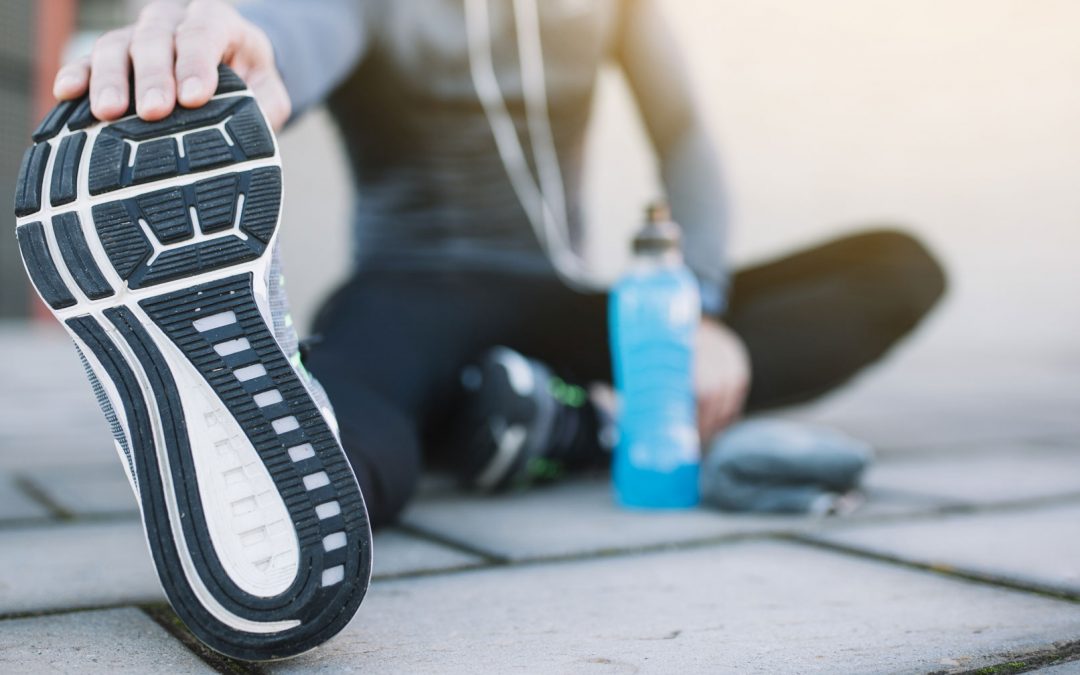
Monday 6 August 2018
Every period of physical exercise should have a goal. This should include ways of achieving an adjustment. As a generalisation, we could argue that 80% of training should be directed to the development of the qualities required for that period, whilst the remaining 20% instead should be used to maintain the qualities acquired previously so as to achieve future consolidation.
Care should be taken, however, that the “revision” does not disturb the specific work for the period, so they must be designed so that specific training can be carried out without problems.
In essence, they must intersect naturally without altering the delicate stress and release systems that support the productive progress of a training program.
If the methods are wrong, there is a risk of creating a lethal cocktail. Out of fear of losing something, in fact, you could even up including a little bit of everything.
The coach and athlete must have everything clear in their minds, otherwise it is better to follow a more linear course.
Making a hotchpotch, that is a training program which requires completely opposing qualities, gives terrible results in the short-term and even worse in the near future.
The keyword is organisation. Everything must be made clear by drawing up a long-term plan; then, depending on the situation over the period, the details can be fine-tuned.
However, there is only one way forward and the less we deviate from that, the better the performance outcomes will be.
With the correct structure even workouts, which are not completely successful, will be more easily metabolised. However, where there is no base plan, it only takes a little to bring everything crumbling down and periods of form will be harder to achieve and will last for less time.
The advice is therefore, even for those who do not follow a specific training table and compete every weekend, is to organise your activities better. Depending on the type of race you have run, you will have to think about how to include training sessions during the week which do not mimic the stimulus from the race (although this could be the start of a whole new chapter).
Just understand the right dynamics to organise yourself and avoid unnecessary mistakes. The basis for development must be an understanding of the principles that govern our sport.
Read more







